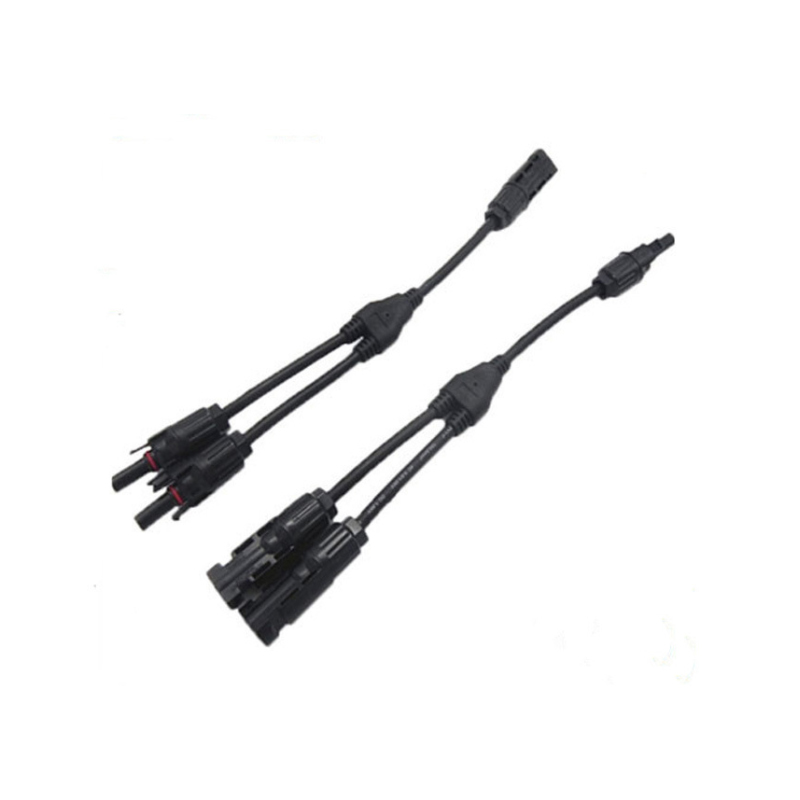The assembly process for waterproof nylon cable connectors differs from standard connectors primarily due to the need to provide a reliable and effective seal against water and other environmental elements. Here are the key steps and features that distinguish the assembly process for waterproof nylon cable connectors:
Material Selection:
Nylon Housing: The connector housing is typically made of nylon, a durable and water-resistant material.
Sealing Elements: Special attention is given to the design and material of the sealing elements, such as gaskets or O-rings, to ensure a watertight seal.
Design for Sealing:
The connector design includes features like multiple sealing points, ensuring that water cannot penetrate the connector.
Threads and interlocking mechanisms are designed to create a secure and tight fit, preventing water ingress.
Precision Manufacturing:
Tight tolerances are maintained during the manufacturing process to ensure a proper fit between components.
High precision is crucial for maintaining the integrity of the seal.
Sealing Techniques:
Specialized techniques, such as overmolding, may be used to encapsulate the connector and cable junction, providing an extra layer of protection against water intrusion.
Waterproof Ratings:
Connectors are often tested and assigned waterproof ratings based on international standards, such as IP (Ingress Protection) ratings. For example, an IP67 rating indicates a high level of protection against dust and water immersion up to 1 meter.
Tightening and Torque Specifications:
Assembly instructions include specific tightening and torque specifications to ensure that the connector is properly sealed without over-tightening, which could damage the seal.
Quality Control:
Rigorous quality control measures are implemented to check each connector for manufacturing defects and to verify its waterproof capabilities.
Testing:
Connectors may undergo various tests, including water immersion tests and pressure tests, to validate their waterproof performance.
 Abroad:[email protected]
Domestic:[email protected]
Abroad:[email protected]
Domestic:[email protected]
 Abroad: +86-18157471290
Domestic: +86-18157471293
Abroad: +86-18157471290
Domestic: +86-18157471293
- Home
- Products
- Industrial connectors
- Waterproof housings
- Power distribution box sets
- ABS electrical accessories
- Cables
- Moulds
- Power Distribution Board/Box
- Extension Lead with Plug
- AS/NZS Waterproof Electrical Products
- C Series IEC/CEE Waterproof Electrical Products
- B Series IEC/CEE Waterproof Electrical Products
- Waterproof Window Cover
- Waterproof Plastic/Metal/Aluminum Box
- House Use Electrical Items
- About Us
- FAQ
- News
- Contact Us

